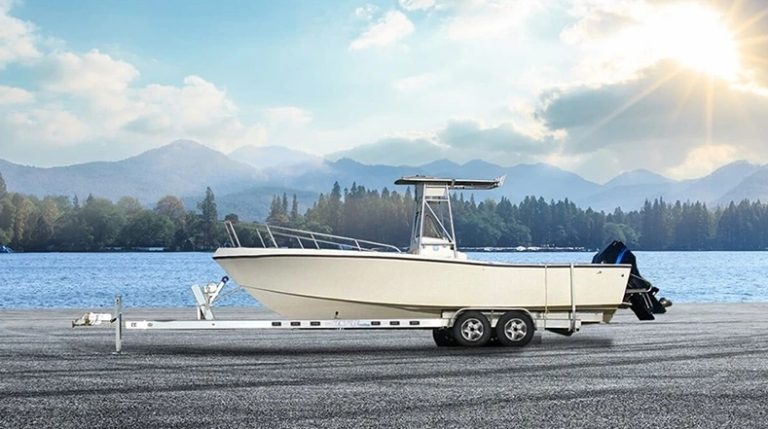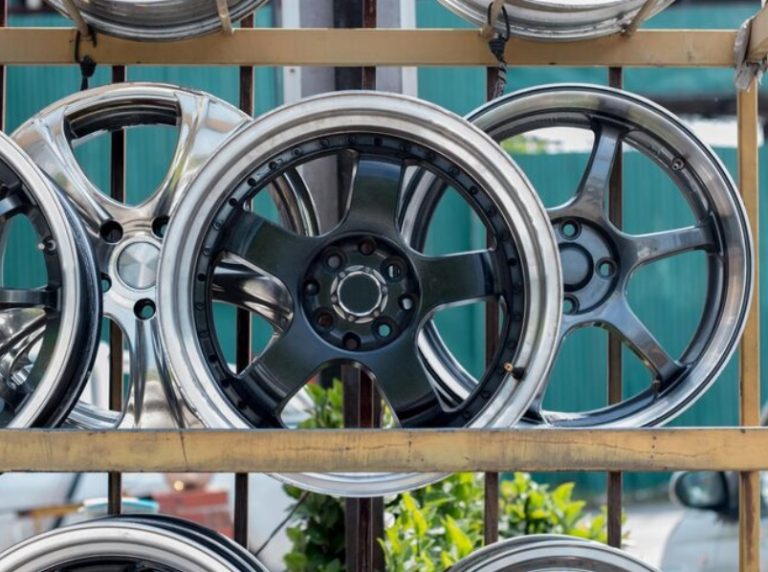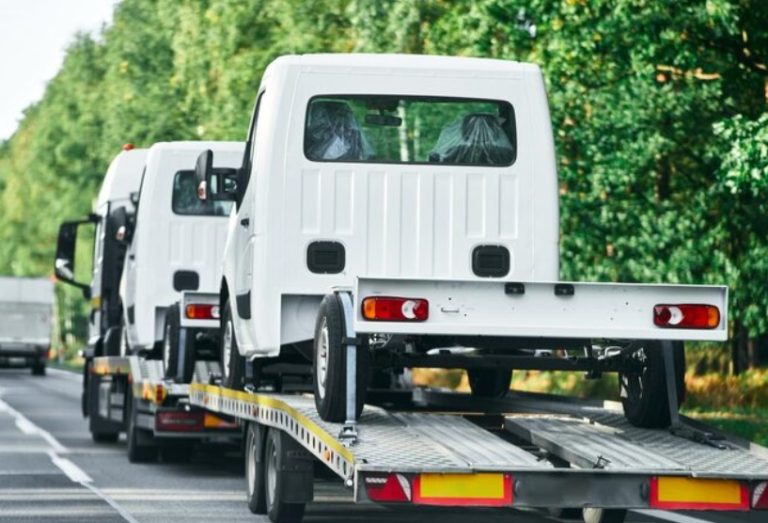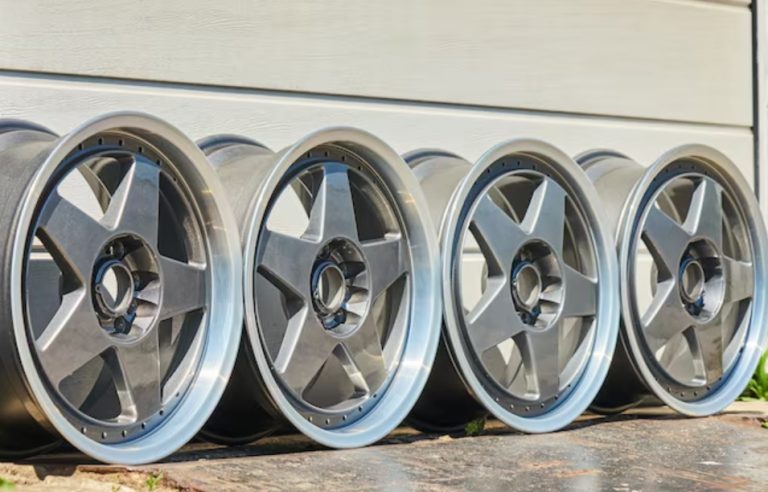Picking the right cabrestante for your trailer can really change how easy and safe towing feels. Whether you’re moving a boat, car, or heavy gear, the cabrestante you choose matters a lot.
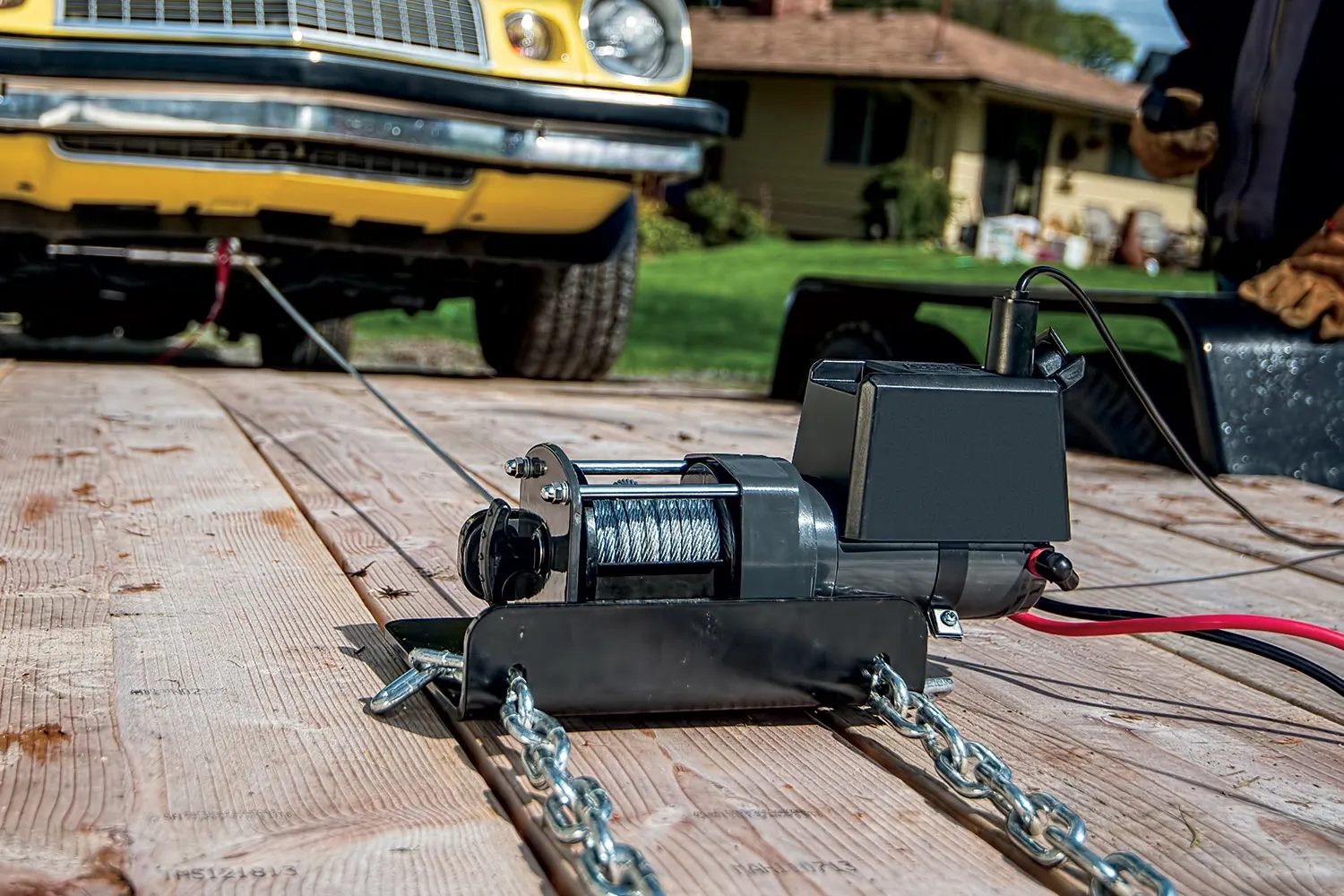
En Remolque, we know how important trusty trailer parts are. We want to help you figure out if an cabrestante eléctrico o manual cabrestante fits your needs best. This blog looks closely at the good and bad sides of each type. We’ll focus on how they work for different trailers, leaning a bit toward why an cabrestante eléctrico might be the smarter pick for many folks.
Getting to Know Trailer Winches: Electric vs. Manual
A trailer cabrestante is a tool that pulls or lifts heavy stuff onto a trailer. It works by wrapping a cable or strap around a drum. Winches are super helpful for tasks like loading boats, pulling cars onto flatbeds, or securing big equipment. There are two main kinds: electric winches and manual winches. Each has its own way of working and benefits.
What’s an Electric Winch?
Un cabrestante eléctrico runs on a motor, usually hooked to a 12V battery or your vehicle’s power system. You don’t need to work hard to use it. A wired or wireless remote controls it. For example, Go Trailer’s 12000lbs Electric Winch is great for tough jobs, offering strong pulling power.
What’s a Manual Winch?
A manual cabrestante needs you to turn a handle to wind the cable or strap. It’s simple and doesn’t need power, so it’s cheaper. This makes it good for lighter tasks.
Good and Bad Sides of Electric Winches
Electric winches are popular because they’re easy and quick to use. Let’s look at their strong points and downsides for trailer tasks.
Good Things About Electric Winches
- Super Easy: You just press a button or use a remote. Electric winchessave you from hard physical work. They’re perfect for frequent use or heavy stuff.
- Fast Work: They pull loads quicker than manual ones. This saves time when loading or unloading. Check out Go Trailer’s 12000lbs Electric Winch. It has a speedy motor for fast jobs.
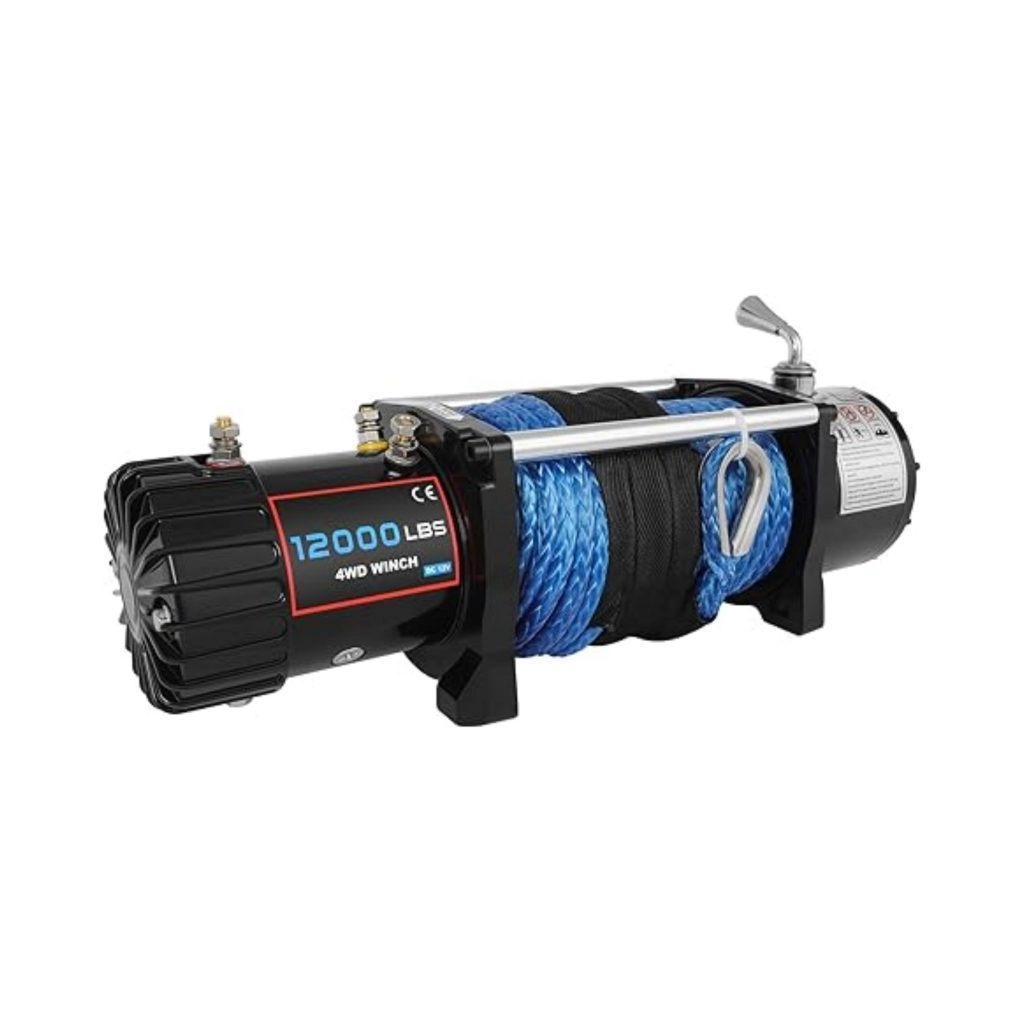
- Strong Pulling: Electric winchescan handle big loads, up to 12,000 lbs or more. They’re great for cars, boats, or heavy gear.
- Safe Features: Many have auto brakes and overload protection. These cut down on accidents during use.
- Works for Many Jobs: They’re good for all kinds of trailers, like boat trailers, car haulers, or utility ones. This makes them awesome for pros and hobbyists.
Downsides of Electric Winches
- Needs Power: Electric winchesneed a battery or vehicle power. If you’re in a far-off place, this can be tricky.
- Costs More: The fancy motor and parts make them pricier than manual winches.
- More Upkeep: They have complex parts. You need to check the motor, cables, and connections often to keep them working well.
Good and Bad Sides of Manual Winches
Manual winches are great for some jobs, especially if you’re watching your budget or dealing with lighter loads. Here’s what they’re like.
Good Things About Manual Winches
- Saves Money: Manual winches cost way less. They’re a smart pick for rare use or small trailers.
- No se necesita poder: You can use them anywhere, even without electricity. This is great for remote spots.
- Simple Setup: They have fewer parts. This makes them easy to fix and maintain, usually just needing some grease.
Downsides of Manual Winches
- Hard Work: Turning the handle takes a lot of effort, especially for bigger loads. It can tire you out.
- Slower Speed: Manual winches take longer to pull stuff. This can slow you down if you’re in a hurry.
- Less Power: They’re made for lighter loads, usuallyunder 5,000 lbs. They’re not great for heavy jobs like car hauling.
Electric vs. Manual Winches: A Side-by-Side Look
To help you pick, let’s compare electric winches and manual winches for trailer tasks. Here’s a table with key points.
| Característica | Cabrestante eléctrico | Manual Winch |
| Facilidad de uso | Easy with a remote or switch. No hard work needed. | Needs hand-cranking. Can be tiring. |
| Velocidad | Pulls fast. Great for regular use. | Slower. Better for occasional jobs. |
| Load Power | Can handle up to 12,000 lbs or more. | Usually up to 5,000 lbs only. |
| Costo | More expensive to buy. | Cheaper and budget-friendly. |
| Power Needs | Needs a 12V battery or vehicle power. | Works without any power source. |
| Mantenimiento | Needs checks on motor and wires. | Simple, just needs lubrication. |
| Mejor para | Heavy loads, frequent use, pro tasks. | Light loads, rare use, off-grid spots. |
When to Pick an Electric Winch
Un cabrestante eléctrico is the better choice if:
- Heavy Stuff: You’re hauling cars, boats, or gear over 5,000 lbs. Try Go Trailer’s 12000lbs Electric Winch. It’s got the power you need.
- Lots of Use: If you load and unload trailers often, the speed and ease save time and effort.
- Safety First: Features like auto brakes and remotes make things safer, especially for big jobs.
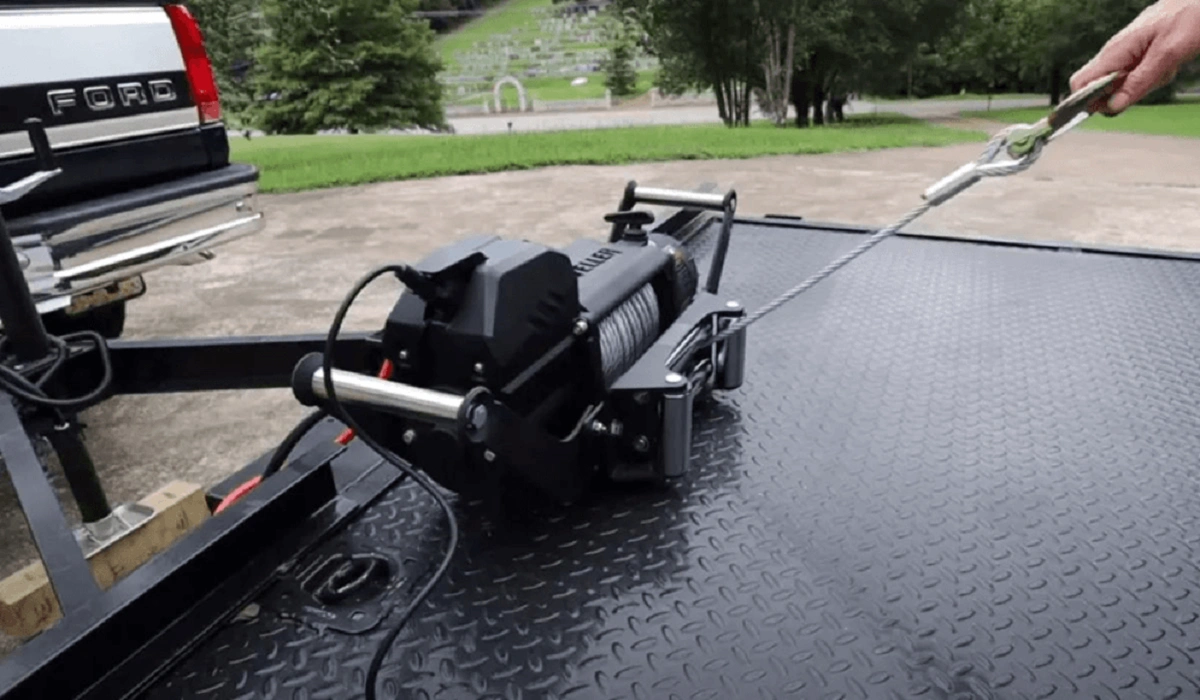
When to Pick a Manual Winch
A manual cabrestante might work better if:
- Light Loads: For small stuff like ATVs or light boats, a manual cabrestanteis enough.
- Tight Budget: If you want to save money, manual winches are cheaper and still get the job done.
- No Power Nearby: In places without electricity, a manual cabrestantekeeps you moving.
Why Electric Winches Are Often the Top Pick
Both types have their perks, but electric winches shine for their speed, strength, and ease. For instance, Go Trailer’s electric winches have strong motors and tough synthetic ropes. They’re perfect for hard tasks. They handle heavy loads fast and safely, which pros like boaters or construction workers love. Plus, new tech like wireless remotes and weatherproof designs makes electric winches super reliable, even in rough conditions.
About Go Trailer: Your Go-To Trailer Parts Maker
Remolque is a top manufacturer in Qingdao, China. They make awesome trailer parts like couplers, axles, jockey wheels, and cabrestante. With over 15 years of know-how, Go Trailer builds products that meet high standards. Their electric winches are made for strength and long life. They’re a favorite for trailer owners around the world. When you choose Go Trailer, you get great prices, solid products, and top-notch service.
Preguntas frecuentes sobre cabrestantes de trailer
Q1: What’s the difference between an electric winch and a manual winch?
A: An cabrestante eléctrico uses a motor with a 12V battery. It pulls loads easily and fast. A manual cabrestante needs you to crank by hand. It’s cheaper but slower and better for light loads.
Q2: Why pick an electric winch for my trailer?
A: An cabrestante eléctrico is great for heavy loads and frequent use. It’s fast, safe, and easy, with features like remotes and auto brakes that make towing smoother.
Q3: How do I pick the right winch for my trailer?
A: Look at your load’s weight and trailer type. Also, think about how often you use it. For heavy stuff, get an cabrestante eléctrico with a capacity 1.5 times your heaviest load. For light, rare jobs, a manual cabrestante works.
Q4: When should I check my electric winch?
A: Mira tu cabrestante eléctrico after each use for wear or loose parts. Do a full check every six months. This includes greasing and checking the motor to keep it running well.
Q5: Who benefits from an electric winch?
A: People hauling heavy stuff, like boaters or construction workers, love electric winches. They’re strong, fast, and easy to use for big jobs.
Get the Right Winch for Your Trailer Now
Choosing between an cabrestante eléctrico and a manual cabrestante depends on what you need. But for most trailer jobs, the power and ease of an cabrestante eléctrico make it the best pick. Whether you’re moving a boat, car, or heavy gear, Go Trailer’s electric winches give you the strength and reliability to do it well. Check out our products today. Equip your trailer with tools that make every job smooth and safe.



